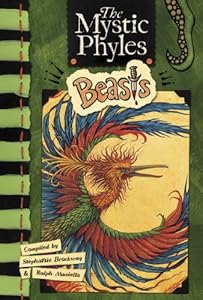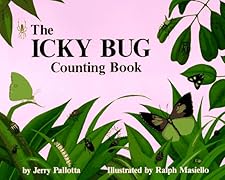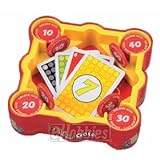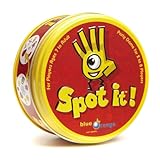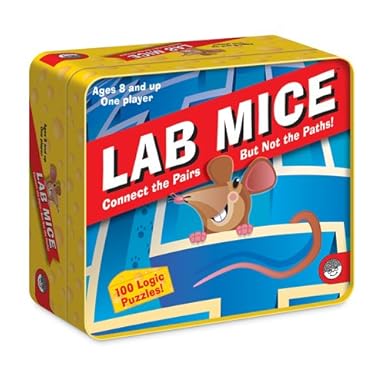Also, I've seen how some reviews have panned the book for the fact that it treats the bullying incident lightly and that bothers some. I think it opens up a great dialogue for discussion and offers a teachable moment for sure.
HERE'S MY ORIGINAL REVIEW:
I started reading this book aloud to my class yesterday after finishing the ever-popular book Wonder. We're 20 pages in, and Twerp is already a hit. I have no doubt that its appeal will continue throughout its 280 plus pages.
Surprisingly this is Mark Goldblatt's first book for young readers. It reads more like the effort of a more experienced middle grade author.
So, here's one reason why I'm recommending it before I've even finished... There's a scene at the beginning where the main character Julian is with his friend Lonnie and they've made the unfortunate decision to throw a rock at pigeons in a vacant lot "just to see what happens". My students were riveted. Some were hiding their heads in their hands not wanting, but really wanting, to hear more. They were scolding the character, shouting out at him. Yeah, this stuff was real people. I won't tell you what happened to the pigeons because, well, you're going to read it, right?
Twerp is a "journal" written in first person voice of the main character Julian. It's an assignment in response to a teacher's directive after Julian returns from being suspended from school. Goldblatt keeps the reader in suspense as to why Julian was suspended, but the stories he tells keep us so entertained we don't really mind waiting.
This book not only appeals to its intended audience, as Twerp's 1969 time period is a perfect trip down memory lane for its adult reader. That's assuming your a child of the 60's and 70's like I am :) Even if you're not a middle-aged reader, you will find a sense of familiarity and abandon as the boys are able to navigate their neighborhood unfettered by the chains that bind current young adults.
On the surface Twerp may appear to be a "boys' only" coming of age story but to relegate it to that status is really short-changing this wonderful middle-grade literature that crosses gender lines and is sure to please.
Twerp was recently published and is available to purchase or check out from your local library.
I received a complimentary review copy from net galley.com in exchange for an honest review.


